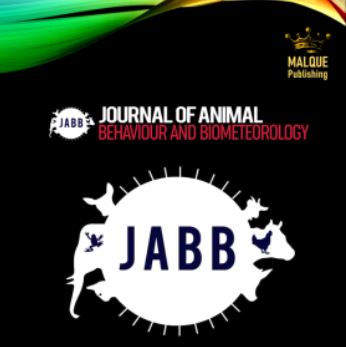Document type: scientific review published in the Journal of Animal Behaviour and Biometeorology
Authors: Diriba Tulu, Sileshi Gadissa, Feyisa Hundessa
Preview: Climate change is shifting rainfall patterns, air temperature, river flows, and sea levels globally, resulting in changes in ground and surface water quality due to salinization, especially in arid and semi-arid regions. During dry periods, the main water quality issue is a high quantity of salt in the water. Whilst water with fewer than 3,000 mg/L total salts is beneficial to all livestock species, tolerances vary greatly based on conditions and circumstances. Understanding the normal salt tolerance of animals without harming their production and health is important for sustainable livestock production, especially in dry areas. Understanding the normal salt tolerance of animals without harming their production and health is important for sustainable livestock production, especially in dry areas. Thus, this review examined the physiological, behavioral, hematological, and biochemical responses of sheep and goats in dryland areas under climate change scenarios. Despite changes in physiological, blood, biochemical, feed and water intake, sheep and goats adapt to salinity levels to drinking water in arid environments. Adaptable and native breeds are known to be more tolerant of saline water than selected exotic breeds. Small ruminants experience a decrease in food intake and weight, a decrease in breathing rate, and an increase in blood metabolite concentration when the salt in their drinking water increases. The concept that native and adapted small ruminant breeds can withstand high water salinity is gaining popularity in scientific research worldwide. More research is needed to investigate the water tolerance capabilities of adapted breeds, especially in dry and water-saline regions affected by climate change.






